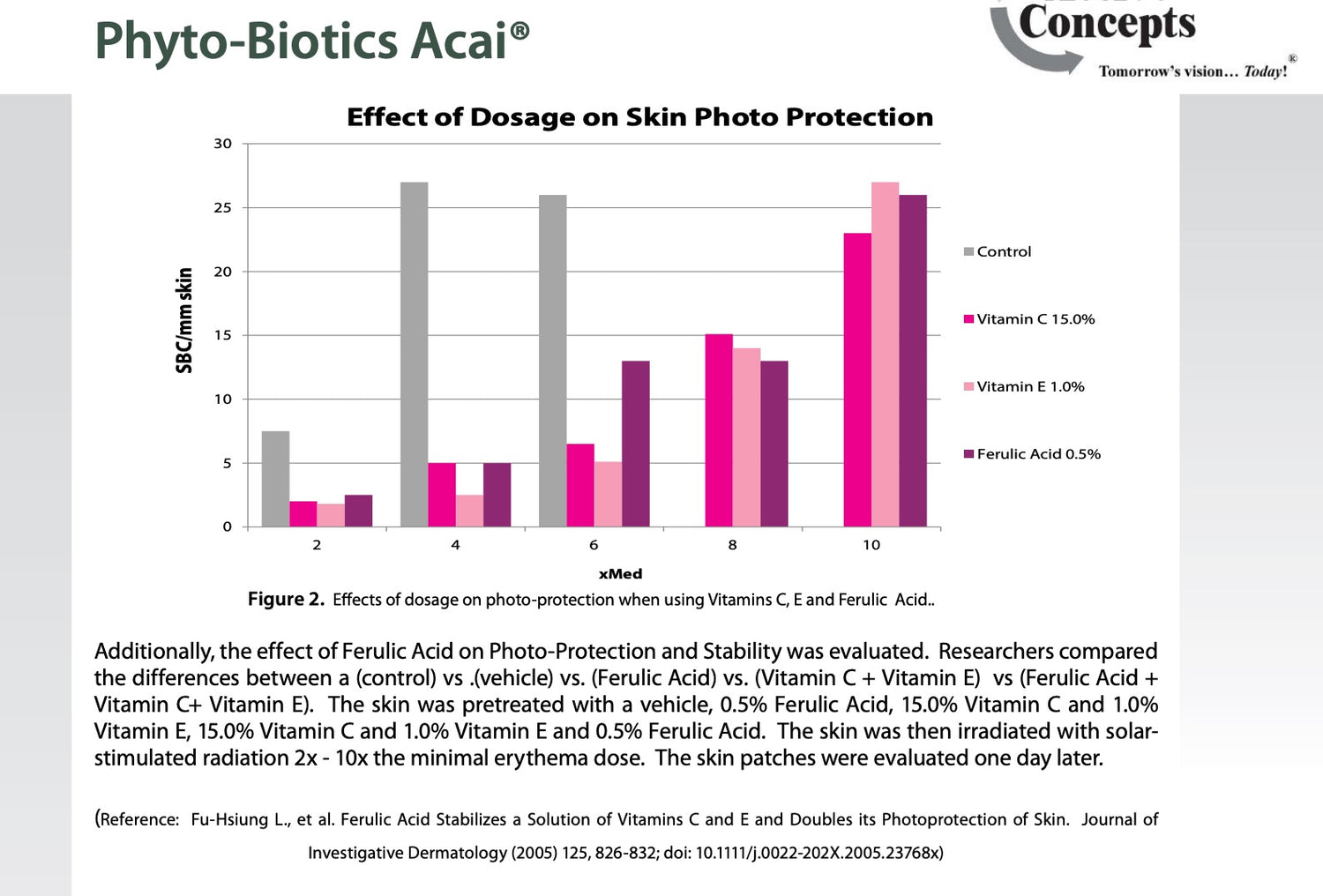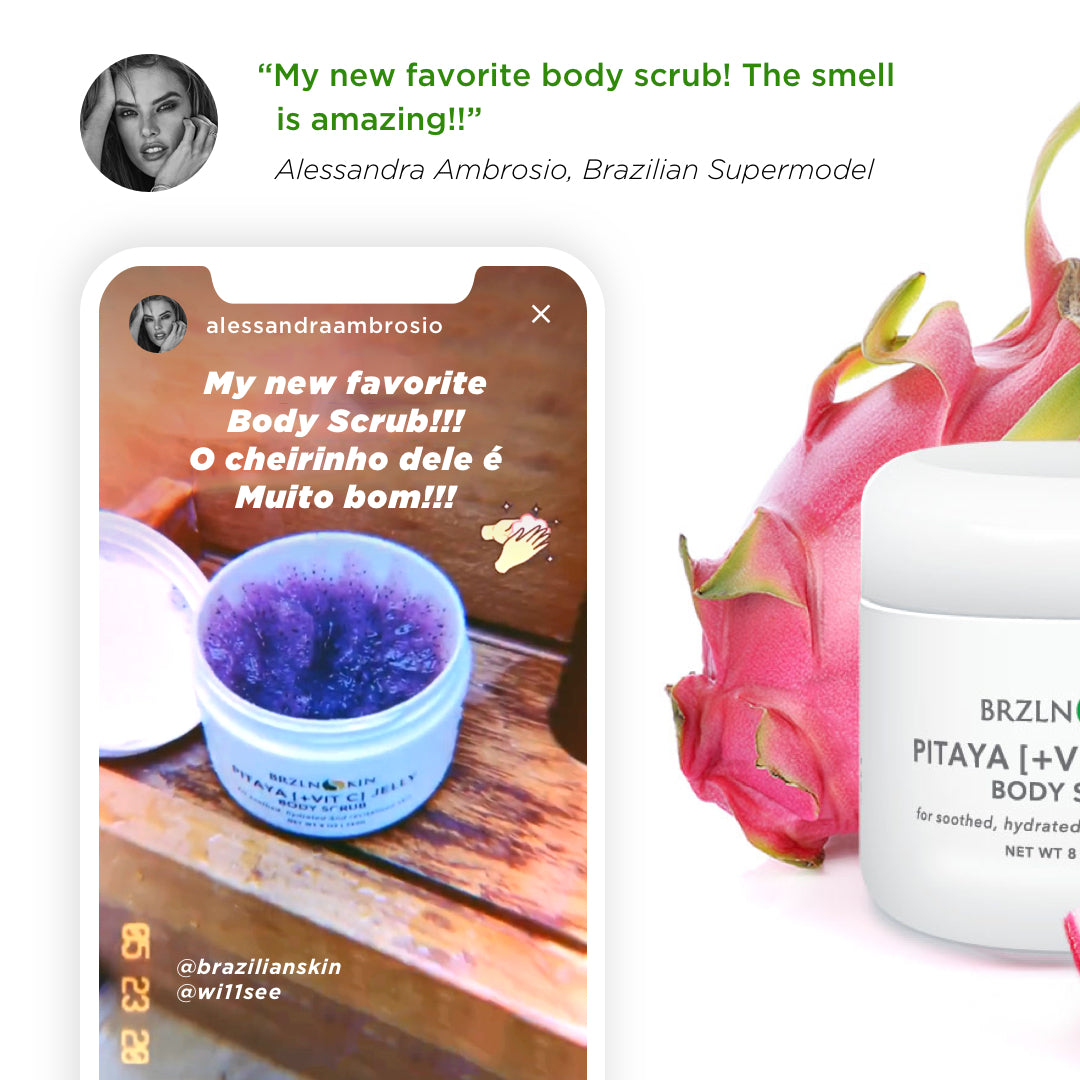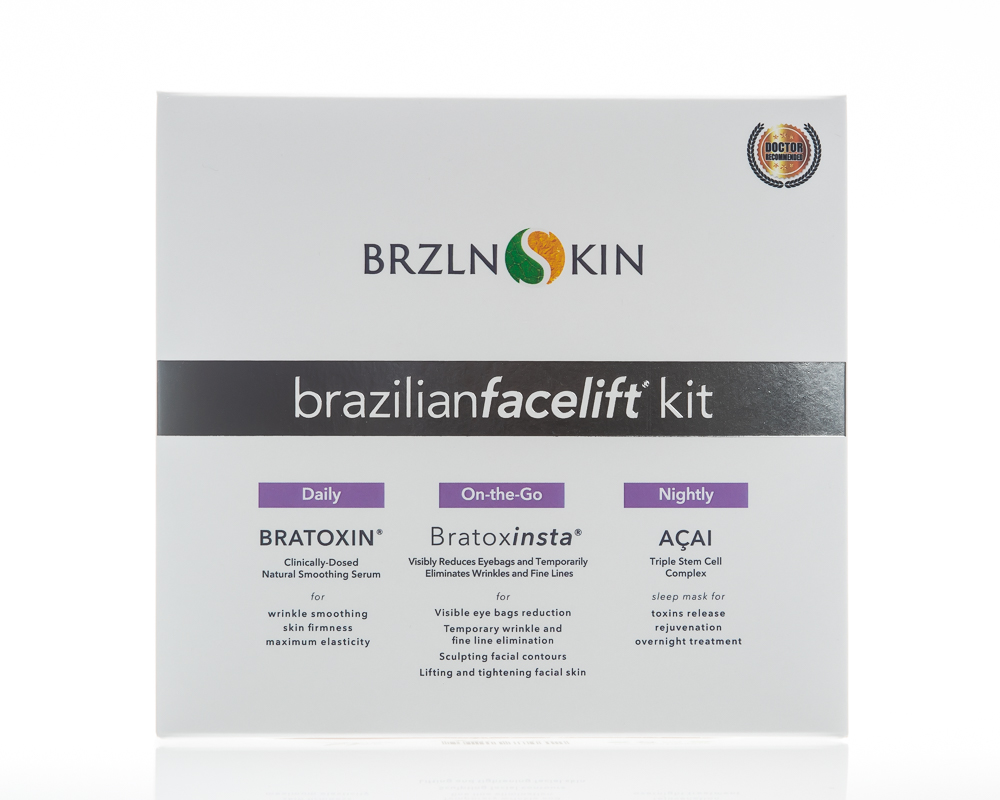Strawberry legs is a cute name for a not-so-cute skin problem characterized by red or dark pores dotting the legs, much like how seeds dot the skin of a strawberry. While not necessarily harmful, this can take a toll on your self-esteem, especially when you want to step out in a swimsuit with the bronzed, smooth legs of a Brazilian supermodel.

Pictured: Brazilian supermodels Alessandra Ambrosio, left, and Izabel Goulart, right.
If strawberry legs are making you self-conscious, don’t cover them up! Get rid of those dark pores instead, and keep them away for good! This complete guide explains the causes, how to get rid of strawberry legs, and how to make sure those dark spots don’t reappear. Best of all, these solutions are natural, fast-acting, and can be done at home (so yes, we can all achieve our dream of having legs like Alessandra and Izabel).
Causes of Strawberry Legs

“Strawberry legs” is an umbrella term that describes the skin’s appearance, not the exact skin condition, so it’s important to first identify why your skin is reacting this way before you try to treat it. Although the appearance of strawberry legs is consistent, the causes will vary between each person.
Shaving
Everyone has experienced razor burn at least once. This results in irritated, red dots after shaving the legs, and while itchy and often painful, the resulting rash is usually temporary. The red or dark dots, however, can remain well after the inflammation and irritation has passed. This happens because the scraping motion of the razor will twist and pull on the follicles of the hair you’re trying to remove, and when your skin heals from the burn, it heals over the displaced follicle, creating ingrown hairs. Those dark spots are actually hair that is trying to grow underneath the skin.
This is an especially common cause for people with naturally thick, dark hair or for people who shave without shaving cream (or equivalent) or with an old, dull razor.
Folliculitis

Folliculitis is a mild infection of the hair follicles, characterized by inflamed red bumps similar to acne on the skin. Folliculitis can be itchy or painful, but sometimes you may not experience any discomfort at all. Any time you remove hair, you leave the hair follicle exposed and run the risk of infection, but folliculitis can also be caused by wearing too-tight clothing that chafes the skin or by excessive sweating. The good news is that with proper hygiene and care, folliculitis will typically heal on its own without complications.
Enlarged Pores

Another cause may also be attributed to the result of large, dark pores on your legs called “open comedones.” Chances are, you’re probably already familiar with open comedones, since they are also the blackheads many people experience on their nose and forehead. The comedones that appear on the face and the legs are both caused by natural oils and dead skin cells that are trapped in pores. When the clogged pores are exposed to air, they appear darker due to oxidation.
Keratosis Pilaris

Also known as “chicken skin,” keratosis pilaris are tiny, rough bumps on the skin that appear most often on the arms and legs. Entirely benign, these bumps are the result of keratin build-ups caused by or exacerbated by dry skin. For many people with this condition, keratosis pilaris occurs seasonally during the winter months when the air is dry, but it can be a year-round condition for those living in a dry climate or anyone who spends a lot of time by the pool in the summer.
Dry Skin
Even without developing keratosis pilaris, dry skin can be another reason your legs are less of a summer look and more of a summer fruit. When your skin is dry, its top layer, or the skin barrier, is compromised. Without a healthy skin barrier, you’ll be more susceptible to the damaging effects of chemicals found in some hair removal products as well as abrasions from the razor itself.
Symptoms
With all of the potential causes in mind, we have the following symptoms:
- Dotted or pitted appearance of the skin, reminiscent of the skin of a strawberry
- Dark, open pores on the legs
- Appearance of red, brown, or black dots on the skin after shaving
Aside from mild irritation that may occur from razor burn or folliculitis, strawberry skin should not be excessively itchy, inflamed, or scabbing. These symptoms could be an indication of a different condition that resembles benign strawberry skin and should be diagnosed and treated by a certified dermatologist.
Keep in mind that there may be multiple, overlapping factors contributing to these dark pores that need to be addressed before they go away for good. The right solution for you may involve a combination of the tips we recommend below.
How to Get Rid of Strawberry Legs
Luckily, the causes can be treated easily at home, so you can show off your legs in that little black dress in no time!
Start With a Better Shave

Leg hair removal can aggravate many skin conditions. Sometimes the first and last step to getting rid of strawberry legs is learning how to carefully shave in a way that is gentle on your skin.
- Always use a hair removal cream or lotion. Never use water alone.
- Make sure your razor is sharp and not old. Many disposable makers recommend replacing the blades about once a week if you shave on a daily basis. Even if your razor boasts a longer lifespan for its blades, remember that older blades can rust and collect bacteria, which can lead to folliculitis or other rashes. Use your best judgment and err on the safe side when considering for a replacement.
- TIP: While multi-blade razors promise a closer shave, they can also be more likely to irritate your skin. If you shave carefully but still have trouble with irritated skin, try replacing your multi-blade with a single-blade.
- Exfoliate and allow your legs to thoroughly soak in warm water before you begin shaving. Exfoliation will remove dead skin cells and help prevent ingrown hair, while the warm water will soften your hair, making it easier to remove and less likely to pull on the hair follicle.
- Shave in the direction of the hair growth. Although this seems counterintuitive, we promise that a good, sharp razor will manage to remove hair without having to shave against the hair growth. This will ensure you’re not putting excess stress on the follicle and on your skin barrier. Additionally, try not to use too much pressure across your skin, and allow your skin to be relaxed during the process.
- TIP: If you find that this isn’t achieving the results you want, try doing it sideways, perpendicular to the hair growth. You’ll be able to achieve better results without irritating the skin as much as doing it against the growth.
- After shaving, splash with cool water to close your pores and hair follicles, preventing the oil and dirt buildup that causes comedones.
- Pat your skin dry- don’t rub! As always, try to minimize irritation and abrasion on your skin whenever possible.
- Immediately apply a gentle, fragrance-free moisturizer and allow it enough time to fully absorb into the skin. This step will reduce redness and dryness of the skin.
- TIP: Over-shaving, especially of particularly sensitive areas of your skin, is another leading contributor to dark pores.
Exfoliate Weekly
Regardless of how often you shave, make a habit of thoroughly exfoliating once a week. If you have dark or large pores, regularly removing dead skin cells and excess oil will greatly improve the appearance of your legs by showing off a fresh, glowing layer of skin and preventing clogged pores. Exfoliation will also remove lingering bacteria that might otherwise lead to itchiness, inflammation, and angry red bumps—the worst case of strawberry legs!
To exfoliate, you’ll need a body scrub, and there are plenty options to choose from: fruit scrubs high in Vitamin C, sugar scrubs, chemical hydroxy-acid scrubs, and even homemade DIY scrubs. So long as the ingredients are gentle on your skin, your legs can typically tolerate any type of scrub, unlike your face, which needs an especially gentle exfoliant.
- Wash your legs as you normally would before exfoliating and make sure your skin is thoroughly wet.
- Apply a generous amount of body scrub and gently rub it into your skin in circular motions, starting with your roughest areas: the knees, heels, and ankles.
- Repeat this circular motion up and down until they feel soft and silky, which should only take about one minute.
- Thoroughly rinse to remove all of the exfoliant from your skin. Use cool water to rinse if this is the last step of your routine, or continue with warm water if you are moving onto shaving.
- TIP: ALWAYS shave after exfoliating, NEVER before. Exfoliating beforehand will give you a better shave, but more importantly, your skin will be too sensitive after shaving to exfoliate without irritation.
Moisturize Often and Liberally
Keeping your skin moisturized is key when it comes to getting rid of strawberry legs and preventing it from returning. Well-hydrated skin has a stronger, healthier skin barrier, which keeps it safe from abrasions and reactions to otherwise safe skin care products. Moisturized legs will be silky and smooth and able to stand up to regular shaving, salt water, pool water, and all of your warm weather fun! Remember to always moisturize after exfoliating, shaving, and/or bathing.
Have a DIY Spa Day

Sometimes your skin just needs a little TLC. There are several ways you can pamper yourself while treating strawberry legs inexpensively and at home:
- Buttermilk Bath: The next time you want to exfoliate and shave, step into a luxurious buttermilk bath first. The lactic acid in buttermilk is a natural chemical exfoliant that also cleanses, nourishes, and hydrates the skin. Add just one cup of buttermilk to your warm bath and settle in for a long soak. For extra class and sophistication, you can add fragrant orange peels, rose petals, or a few drops of your favorite essential oil.
- DIY Rose Water and Cucumber Paste: Both rose water and cucumbers are popular skincare ingredients for their soothing properties. Cucumbers are also rich in Vitamin C, an antioxidant that can reduce inflammation and boost collagen production for plumper, stronger skin. To create this paste, use a blender to mash one whole cucumber and then blend with several drops of rose water. Evenly apply the paste to your skin and let it rest for about ten minutes before rinsing. This paste is gentle enough for daily use!
- Aloe Vera Massage: Aloe vera is the first thing we reach for in response to a sunburn, so of course it helps soothe other types of skin irritation too! It also acts as an excellent moisturizer, thanks to its mucopolysaccharides, which bind water to the skin, keeping it hydrated for long periods. Massage aloe vera gel daily, rinsing after about five minutes.
Use an Epilator
An epilator is a hand-held electric tool that you use like a razor, but works like waxing—with less irritation. It removes hair from the root, and although it may initially hurt like waxing would, it gets rid of strawberry legs and leaves behind happier skin! Anecdotal evidence tells us that epilators are one of the best methods for achieving flawlessly smooth legs.
Start Fresh
When it doubt, start fresh! Buy a new razor, throw out old loofahs, and replace your moisturizers and shaving cream with soothing alternatives for sensitive skin. Ensure all of your skin care and hair removal supplies are clean, fresh, and gentle so you never have to cope with this problem again.
Love Your Legs

Now you have a complete guide to kicking those strawberry legs for good! Start loving your legs again, and rock that bikini like the best of the Brazilian models!





